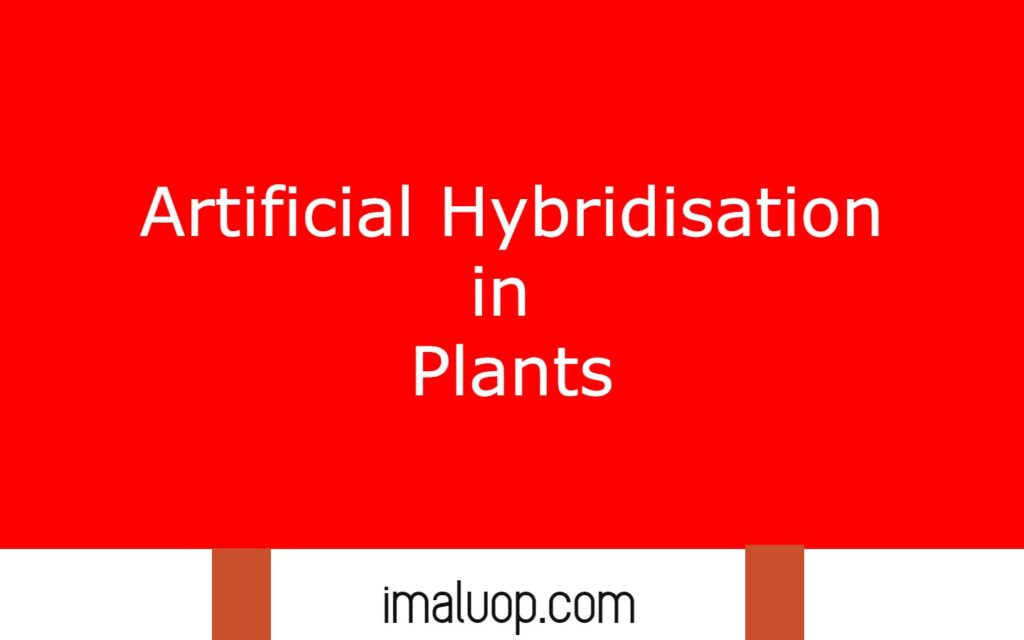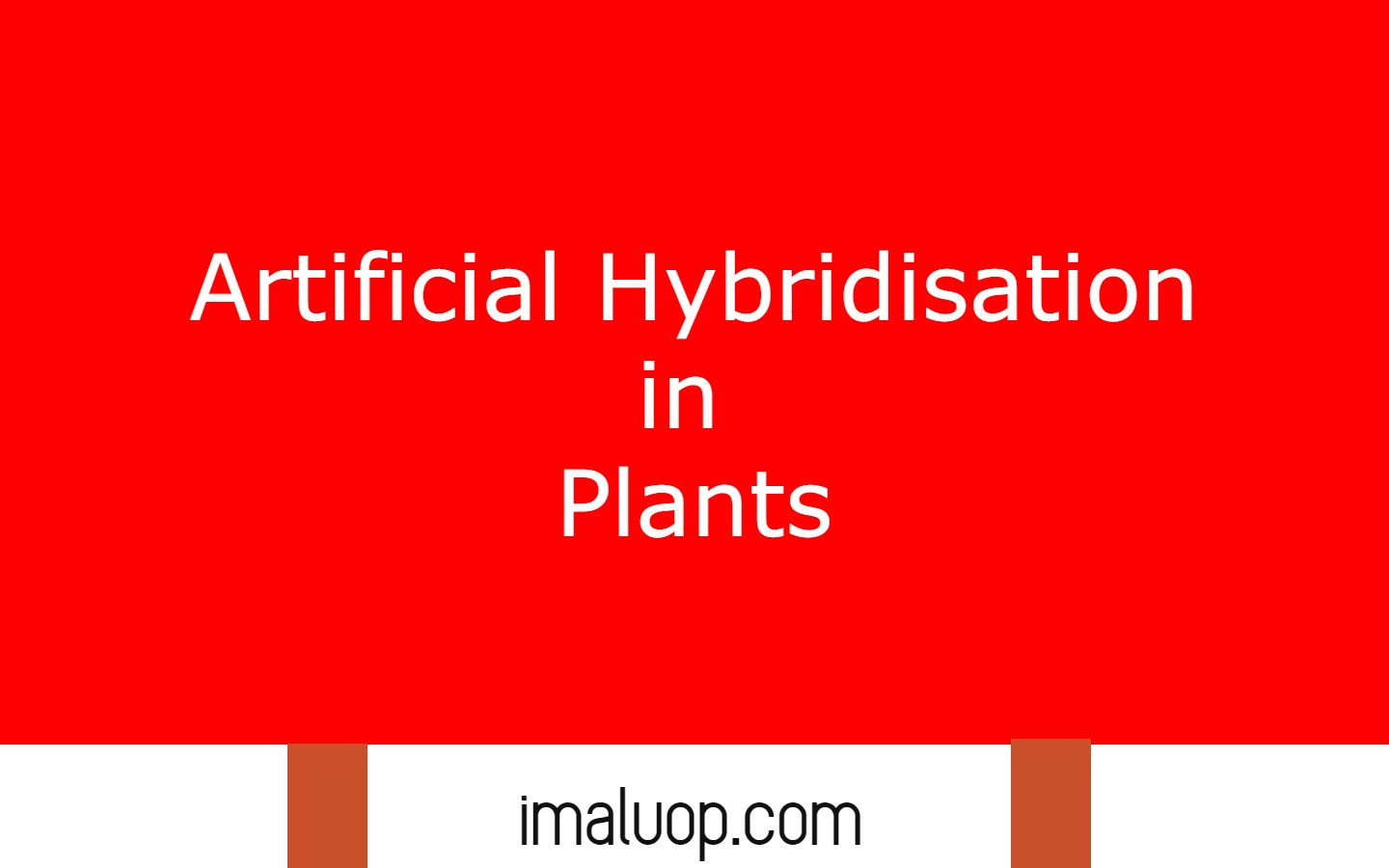Hi, we are now going to discuss artificial hybridisation in plants which will give an overview of plant reproduction which can be used for production of high quality plant variety. Pollination and fertilization is a part of plant reproduction which occurs naturally but we do it artificially when we need special results.
When pollination occurs naturally then it does not become successful because there are many factors for successful fertilization because the pollen grains and stigma should be compatible with each other for fertilization.
Fertilization can occur in two ways: cross-pollination and self pollination but in both types of pollination fertilization does not become successful because rejection of pollen grains due to different reasons like incompatibility of pollen grains to the stigma.
But during commercial crop production if we face many rejection in fertilization then it will cause very harmful effects on crop production. So now we use different methods of artificial hybridisation which helps us to save our precious time and money as well as natural resources.
Table of Contents
What is Artificial Hybridisation:
Main principle of fertilization is to become compatible for pollen grains to the stigma and it determines the next event in fertilization if pollen stigma becomes compatible then further process of fertilization occurs but if they become not compatible then pollen is rejected by stigma.
When pollen grains reach on stigma some special chemicals are released by the pollen grains and it interacts with the stigma and this long term pollen stigma interaction is the main determining factor whether the pollen will fertilize the pistils successfully or not.
But in artificial hybridisation we can escape from all that complexity because in artificial hybridisation we do not allow all pollen grains to reach at stigma we pollinate the stigma by the desired pollen to get desired crop variety with superior desired traits.
Different Steps in Artificial Hybridisation:
Now we will discuss various steps in artificial hybridisation for successful fertilization by desired pollen to the stigma to get desired characters and avoid pollen rejection.
Emasculation:
In artificial hybridisation we fertilize the stigma with desired pollen so we should try to prevent reaching unwanted pollen at stigma. In some plants where both male and female reproductive organs are present in the same flower then there are high chances to fertilize the stigma of that flower with the pollen of the same flower.
So we remove the anther of that plant to prevent reaching unwanted pollen on the stigma and the scientific method of removal of anther is known as emasculation. We use different techniques to cut, remove or deactivate the anther in those plants where both anther and pistils are present.
But it is not required to those plants where only female reproductive organs are present so there is no chance of reaching the pollen grains to the stigma easily and in that case emasculation is not required.
During emasculation we should take care about the female reproductive parts in the flower because in some flowers reproductive parts are very fine so if we do not operate emasculation then there are high chances for damage in other parts of the flower.

Bagging:
Most of the plant pollination occurs through air so a large number of pollen grains are also present in air. If we keep the emasculated flower open then it may be possible to be fertilized by the pollen grains present in air but we can not allow it so we cover the flower to prevent the pollen in air which is known as bagging.
Emasculation and bagging prevent the contamination of stigma by unwanted pollen grains to get only desired characters.
Read More: Artificial Pollination in Plant
Hi Everyone!!! Welcome to Imaluop. Imaluop always try to learn some new and he want to share to other people. Here we will try to learn various topics on Science, specially on Biological Sciences.
